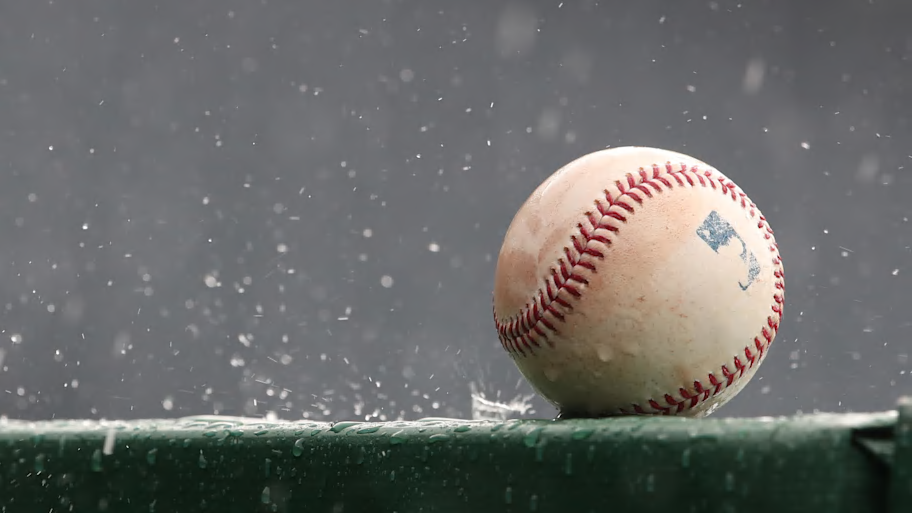Equipment has long had a history of causing controversy in professional sports when sanctioned and unsanctioned adjustments are made.
New basketballs were a point of contention for the NBA in 2006 (the league reverted to its previous ball in a matter of months). Deflated footballs had their moment in the NFL and helmets are an ongoing dilemma. But a continuous storyline always seems to be the ball for MLB.
Sometimes it's how players—pitchers, mainly—manipulate them. A "sticky stuff" scandal took over the league for a brief moment at the start of the '21 season. This year, the raw baseballs are playing far differently than in years past, impacting the flight of batted balls specifically.
A piece from The Athletic published Friday morning went into findings on how baseballs are flying differently this year, with an increased drag coefficient leading to fly balls coming up four feet short on equivalent hard hits compared to years prior. The coefficient adjusts for situational variants like weather and altitude.
The MLB has acknowledged it, saying, "There has been no change to the manufacturing, storage or handling of baseballs this year, and all baseballs remain within specifications.”
The report went on to say that a working theory in the league office is a possible minor difference in seam width or height. Balls are hand-stitched, leaving room for possible imperfections and variance ball-to-ball, but as the report points out, "... something appears to be happening at scale: On all but four individual days this year, there has been more drag on the ball than last season’s average."
It could explain, in part, some of the seeming no-doubters we've seen that have stayed in the park for fly-outs. At the same time, some of the biggest sluggers are still able to put baseballs places we've never seen them before off the bat.
More MLB on Sports Illustrated
This article was originally published on www.si.com as MLB Acknowledges Big Performance Disparity With 2025 Baseballs Despite 'No Change' to '24.
